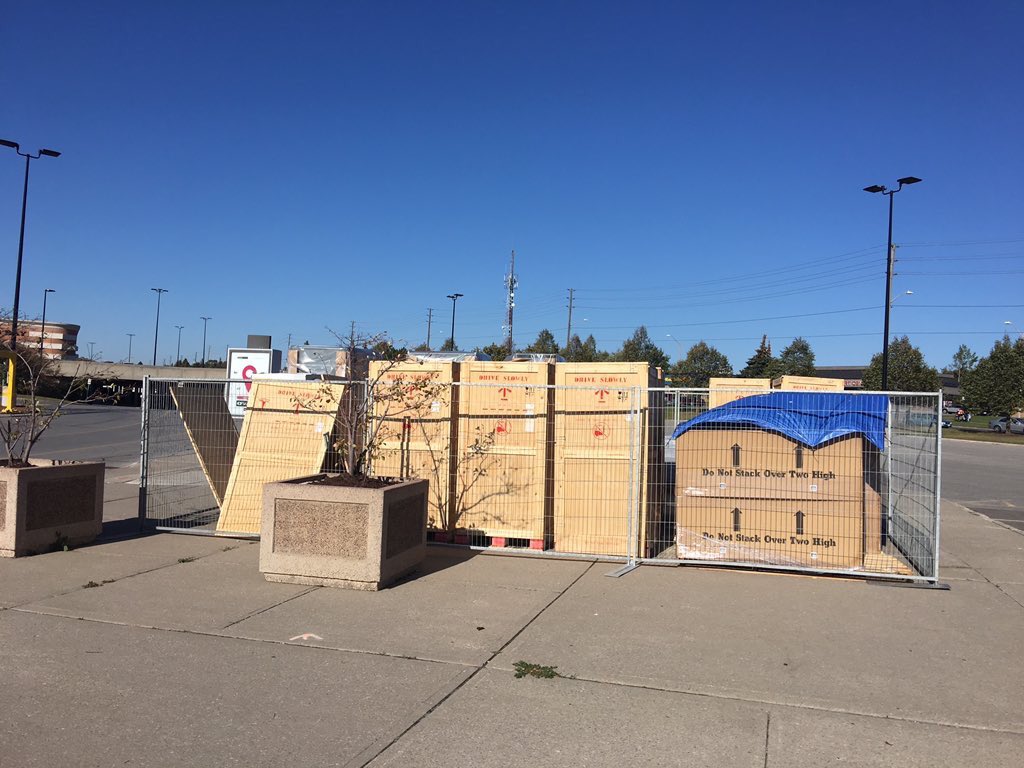taylortbb
Member
But in terms of priority, what's the point of the Kitchener one then? I can't imagine just about anyone living in Kitchener/Waterloo won't have their own home to charge at.
I wouldn't assume that. The tech industry is full of people that want to own a Tesla, but are also young and without families so they live in condo or apartment towers. I'm one of them, and know many in the same situation.
KW has also seen a very significant boom in condo/apartment construction, with thousands of new units in the past couple years. Much of it course students, but significant amounts of non-student construction too. The new light rail system has caused a significant focus on urban development.



